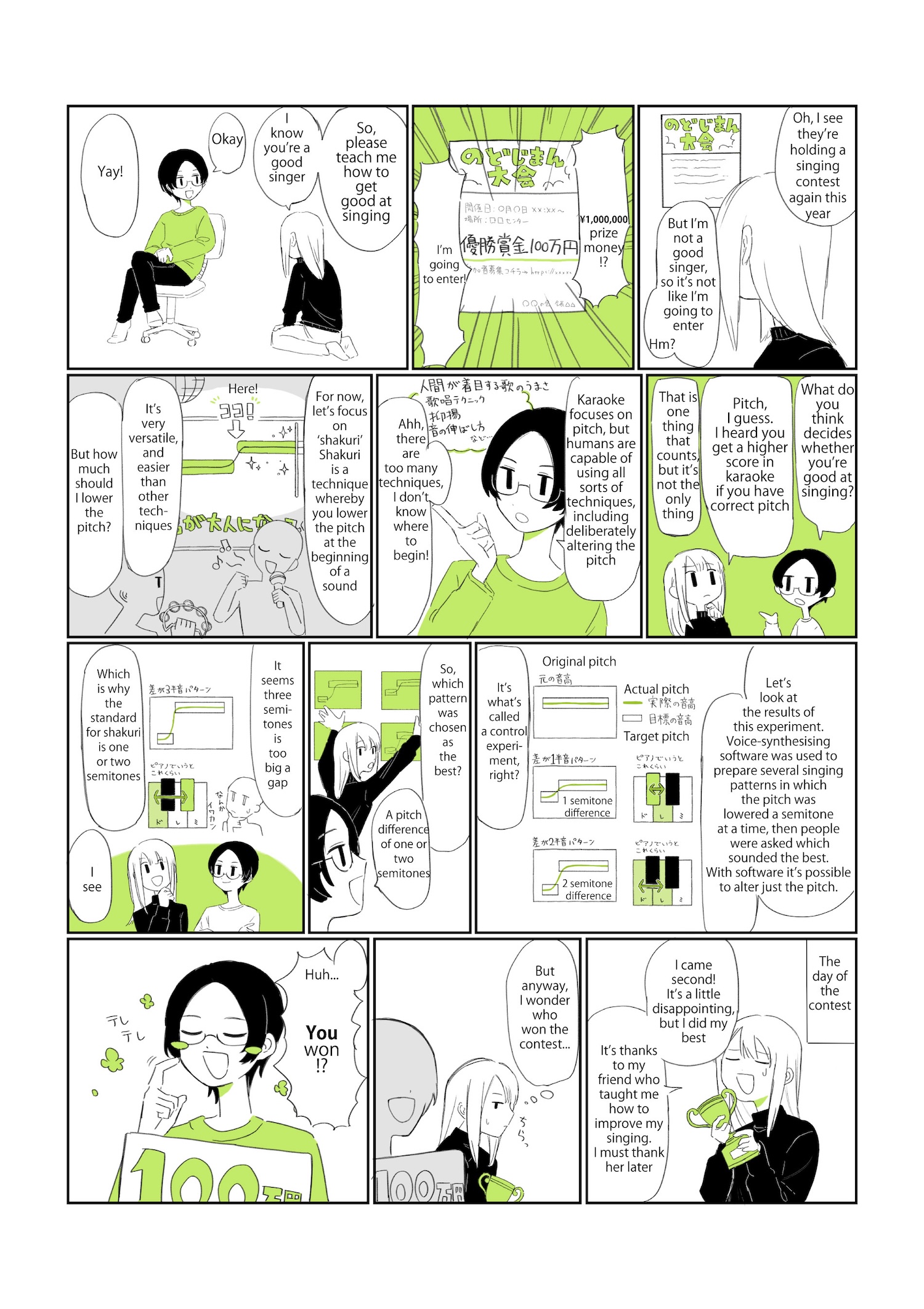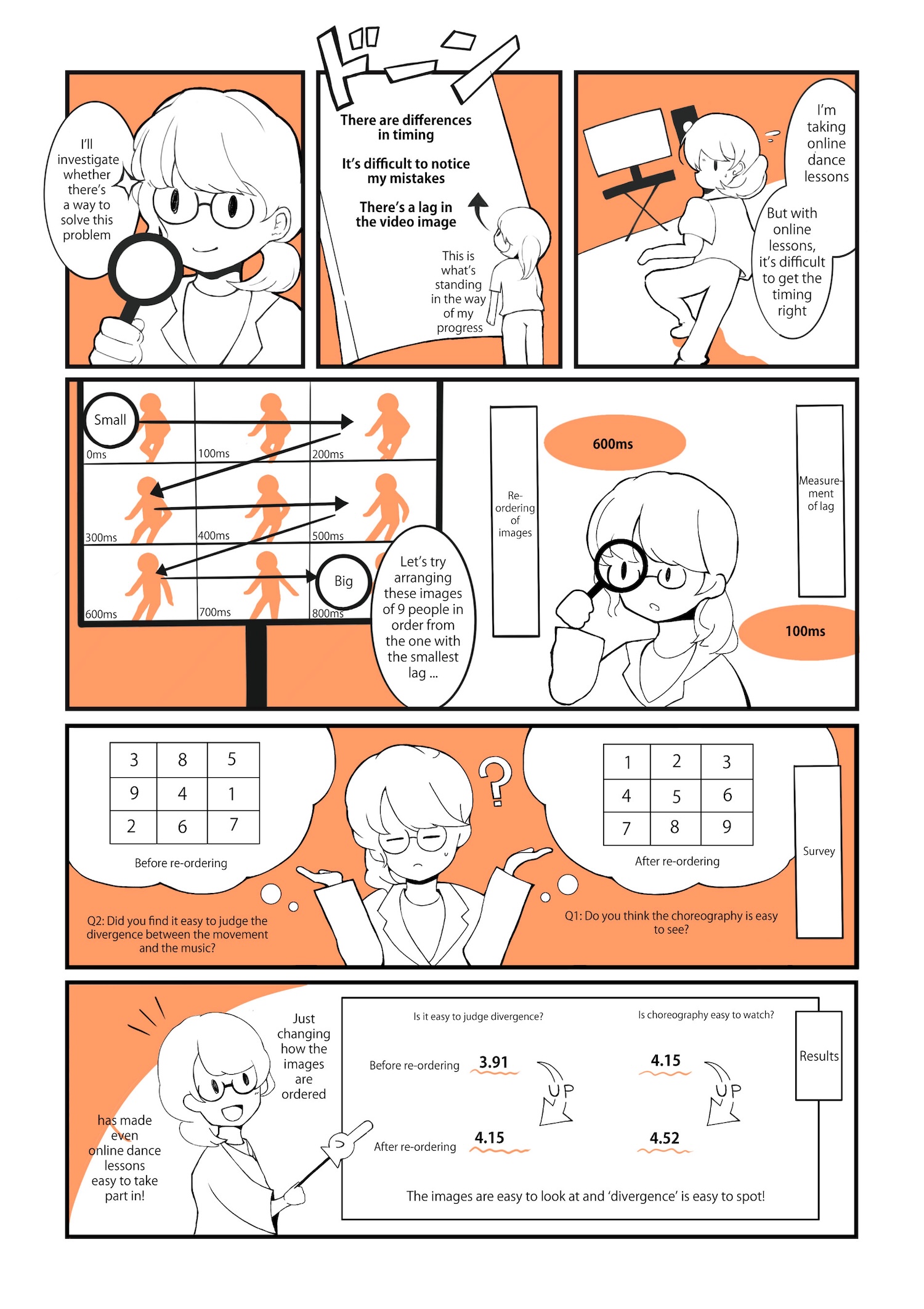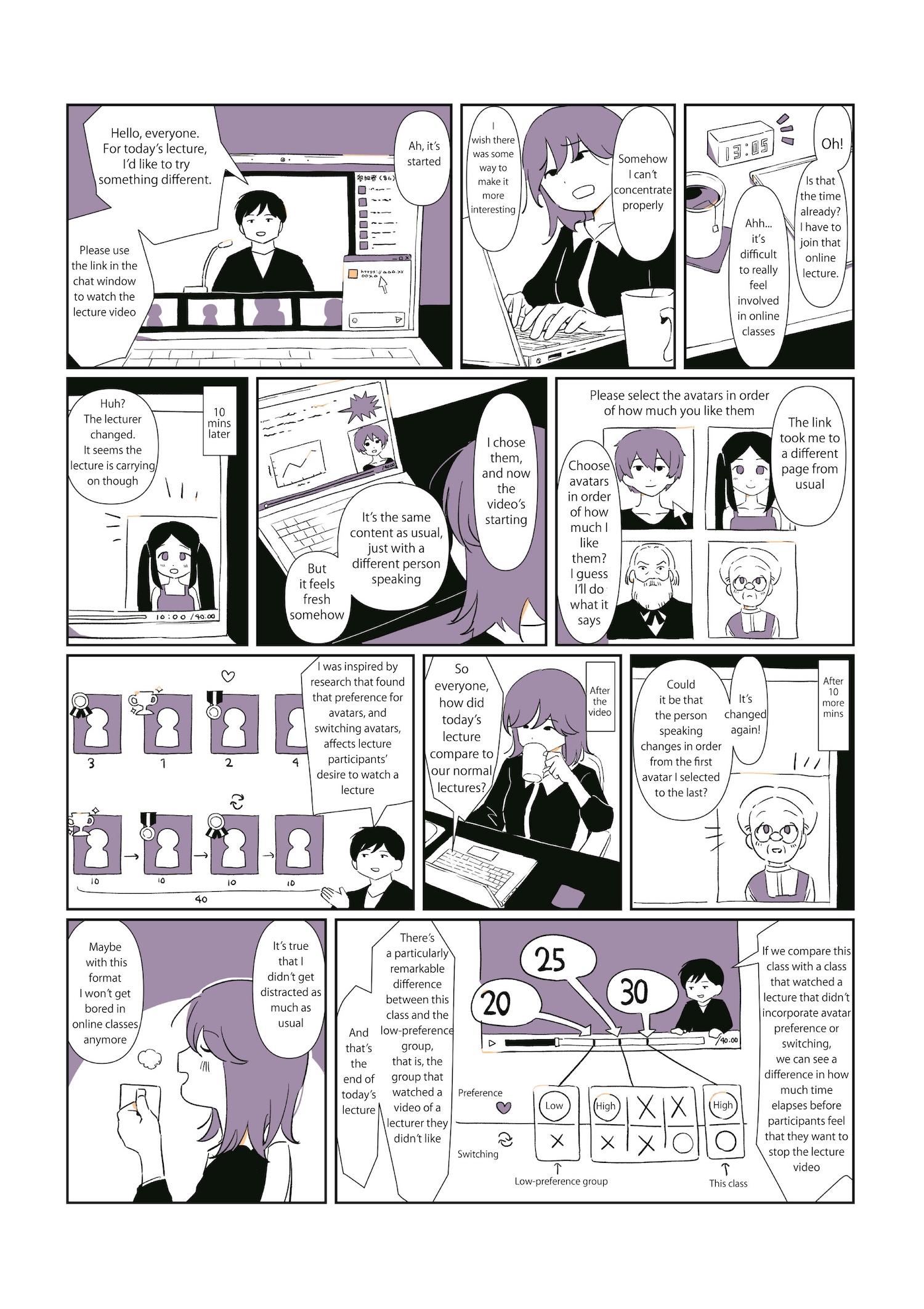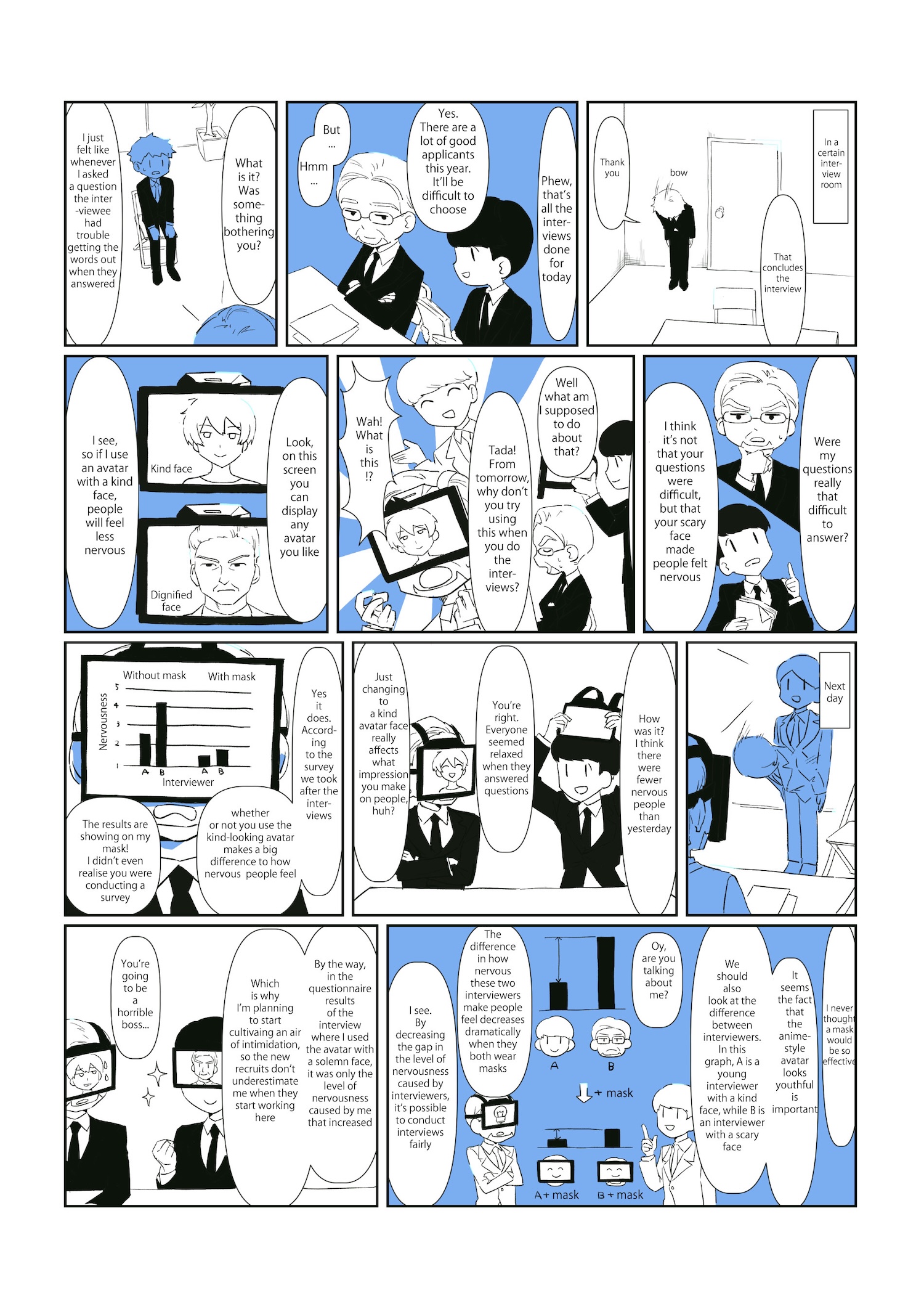Greetings
Smartphones, apps, SNS and so on are having a huge impact on the way people think and act. This is accompanied by an increase in social problems such as the danger posed by people walking along looking down at their phones, intense online criticism, fake news, and ‘media illiteracy’. In response to questions such as “How can I overcome communication issues?”, “Why do people feel nervous?”, “What factors are necessary to change people’s thoughts and actions?”, and “What’s a method for conducting effective groupwork online?”, Questions of the Future seeks the essence of human perception (how a person sees things), cognition (how a person understands/explains things), and psychology (how a person feels).
Another change to daily life has been the way the spread of subscription, which allows us to use what we need, when we need it, has transformed how things (including applications and services) are circulated. In subscription businesses, a transaction is not completed simply by selling something; it is necessary to ensure that consumers continue to use that thing. In addition, in a modern society overflowing with ‘things’, it has become difficult to differentiate according to those things alone. This raises questions such as “How can we discover new user markets?”, and “What on earth are the requirements and experiences that those new users are really seeking?”. Questions of the Future uses a UX (User eXperience) research method to clarify these problems.
In Questions of the Future, we use cognitive psychology to delve to the core of the human psyche, and use the UX research method to explore how we can establish a better relationship to people and things.
Prof. Yoshinari Takegawa
Project
(Click thumbnails for details)
If you are using an ad blocker, the content may not be displayed properly

An attempt to increase motivation in online lectures

Boost sales with an online avatar!

A digital mask to control interviewees’ degree of nervousness

Utilizing peer pressure positively in online groupwork

Lag; it’s the ultimate hindrance to online dance, but can we turn it to our advantage?

We got AI to sing! An analysis of what people perceive as good singing







